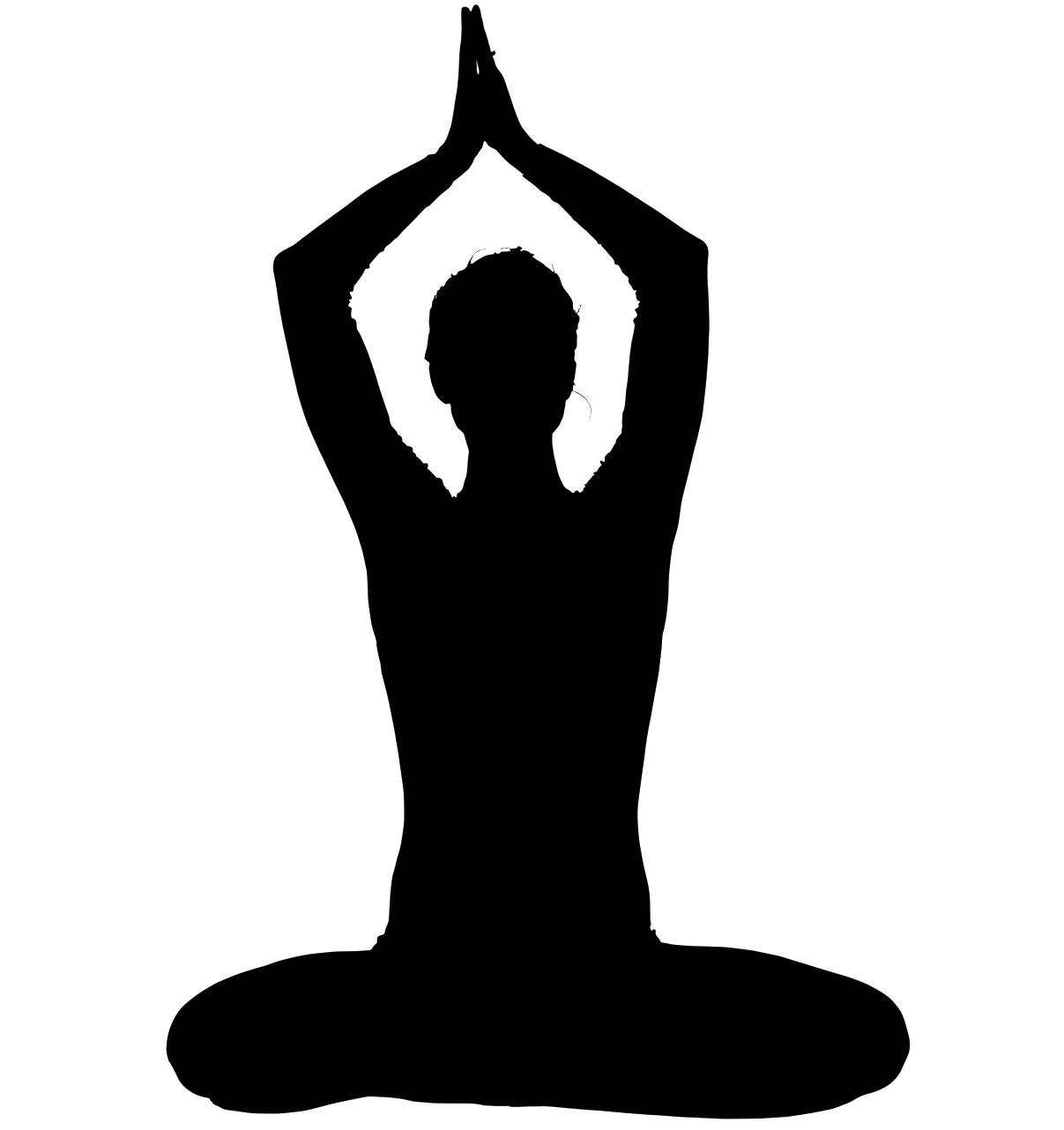
“Yoga is a science, and not a vague dreamy drifting or imagining. It is an applied
science, a systematised collection of laws applied to bring about a definite end. It
takes up the laws of psychology, applicable to the unfolding of the whole
consciousness of man on every plane, in every world, and applies those rationally in
a particular case. This rational application of the laws of unfolding consciousness
acts exactly on the same principles that you see applied around you every day in
other departments of science.” – Annie Wood Besant
Yoga began over 5,000 years ago, and people have been feeling the positive effects ever since. In the Western world, yoga was only introduced in the late 19 th and early 20 th century, only becoming truly popular in the 1980s. While it is obvious that yoga has been helping humans since its origins, it is only in the recent past that Western scientists have decided to start studying it.
Science has finally started proving what yogis have experienced for themselves—that yoga reduces stress and elevates the mood. Let’s take a look at a few of the most interesting studies about yoga’s varied benefits on mental health.
Physical Benefits:
- Increased flexibility
- Increased muscle strength and tone
- Improved respiration, energy and vitality
- Maintaining a balanced metabolism
- Weight reduction
- Cardio and circulatory health
- Improved athletic performance
- Protection from injury
Mental Benefits:
- Stress management
- Improved Concentration
- Relief in Headaches
“In 2008 a study from the University of Utah looked at the effect of yoga on the stress response. They looked at three groups of people—experienced yogis, people with fibromyalgia (a stress-related illness that causes hypersensitivity to pain), and healthy people. When the three groups were subjected to thumbnail pressure, the participants with fibromyalgia, as one would expect, perceived pain at lower pressure levels than the other subjects. The MRIs also showed they had the greatest activity in the areas of the brain associated with the pain response. On the other hand, the yoga practitioners had the highest
pain tolerance and lowest level of brain activity in the pain response areas of the brain.”
Modern-day science confirms that the practice of yoga has tangible physical health benefits that include improved brain function and denser bones, as well as immune health, improved nervous system functioning and strength. The neuroscience behind Yoga can help explain why regular Yoga is so effective in reducing stress and creating balance in the body. It can also help you deepen your Yoga practice and increase focus on elements that you might otherwise overlook. Yoga involves the mindful and controlled entry into a pose- or asana- holding the pose in stillness, and then a controlled release.
Yoga is increasingly being used as a tool to heal trauma and has successfully been used with PTSD. The field of Yoga Therapy is rapidly growing and hospitals are beginning to open integrated health care departments, adding yoga therapeutics as part of their complementary approaches to health care. In recent years it has made news for the huge benefits that children with autism and special needs are experiencing, through yoga therapy. It is being used to treat a broad range of physical ailments, with great success and is quickly growing as a complementary modality alongside other treatments.
Article Credits:
This article is submitted by Nidhi Gupta.
DISCLAIMER:
Please consult with your family doctor before applying any of the information shared in this article or anywhere on this website. The information presented here is for general & educational purposes only. We assume no liability whatsoever. Please visit https://www.yogadayvancouver.ca/disclaimer/ to read full disclaimer.

